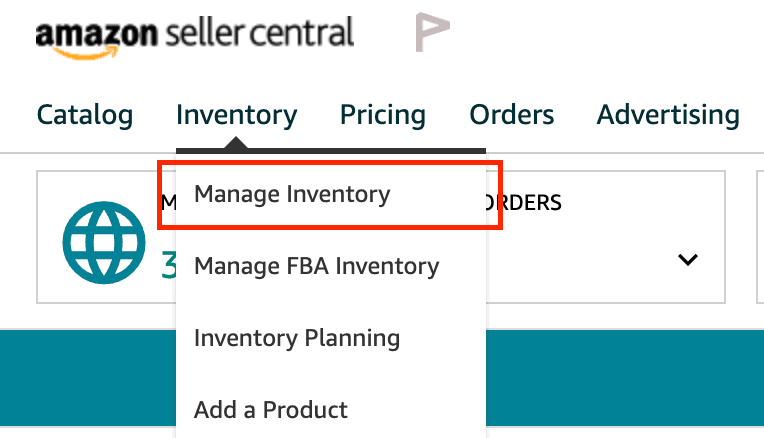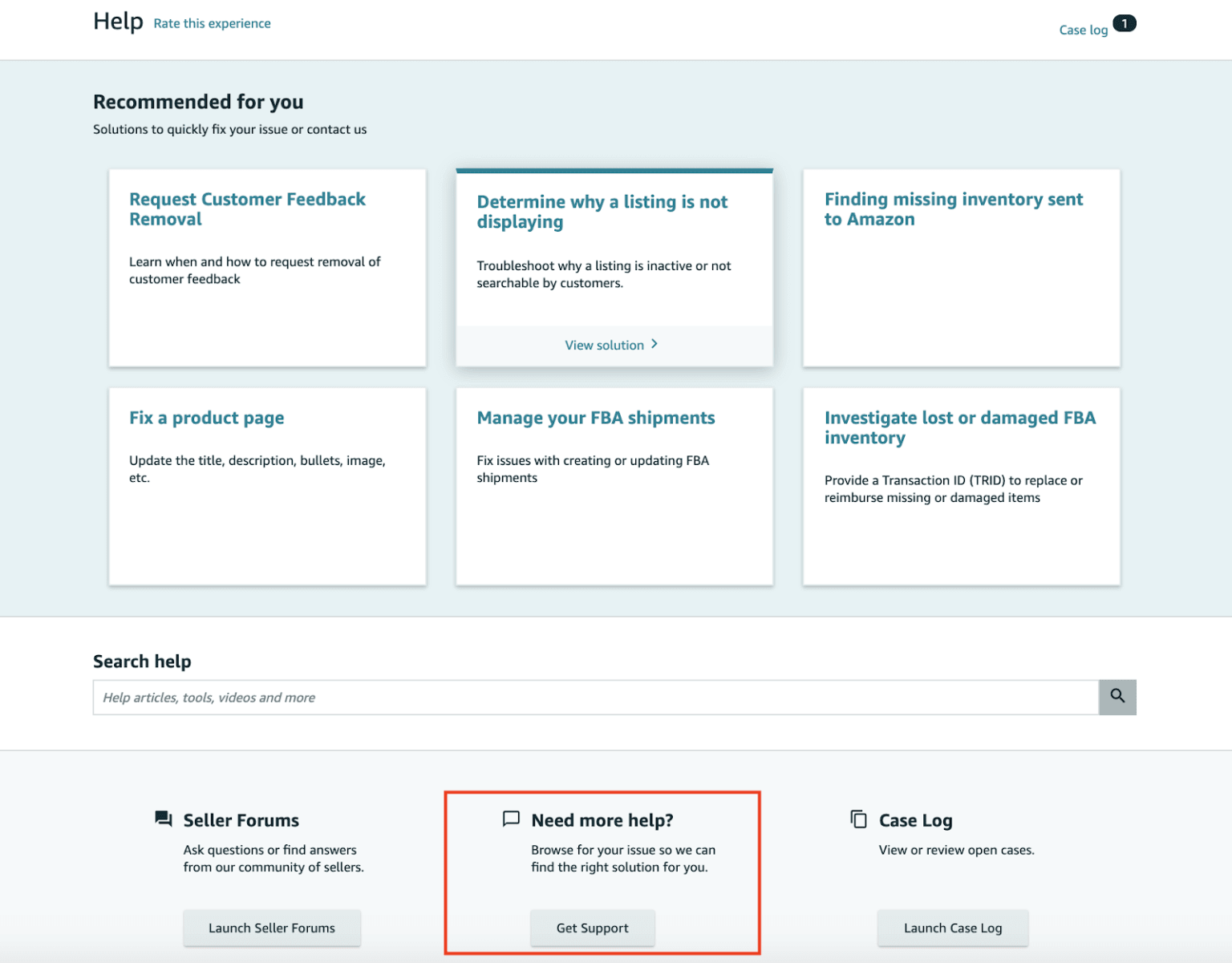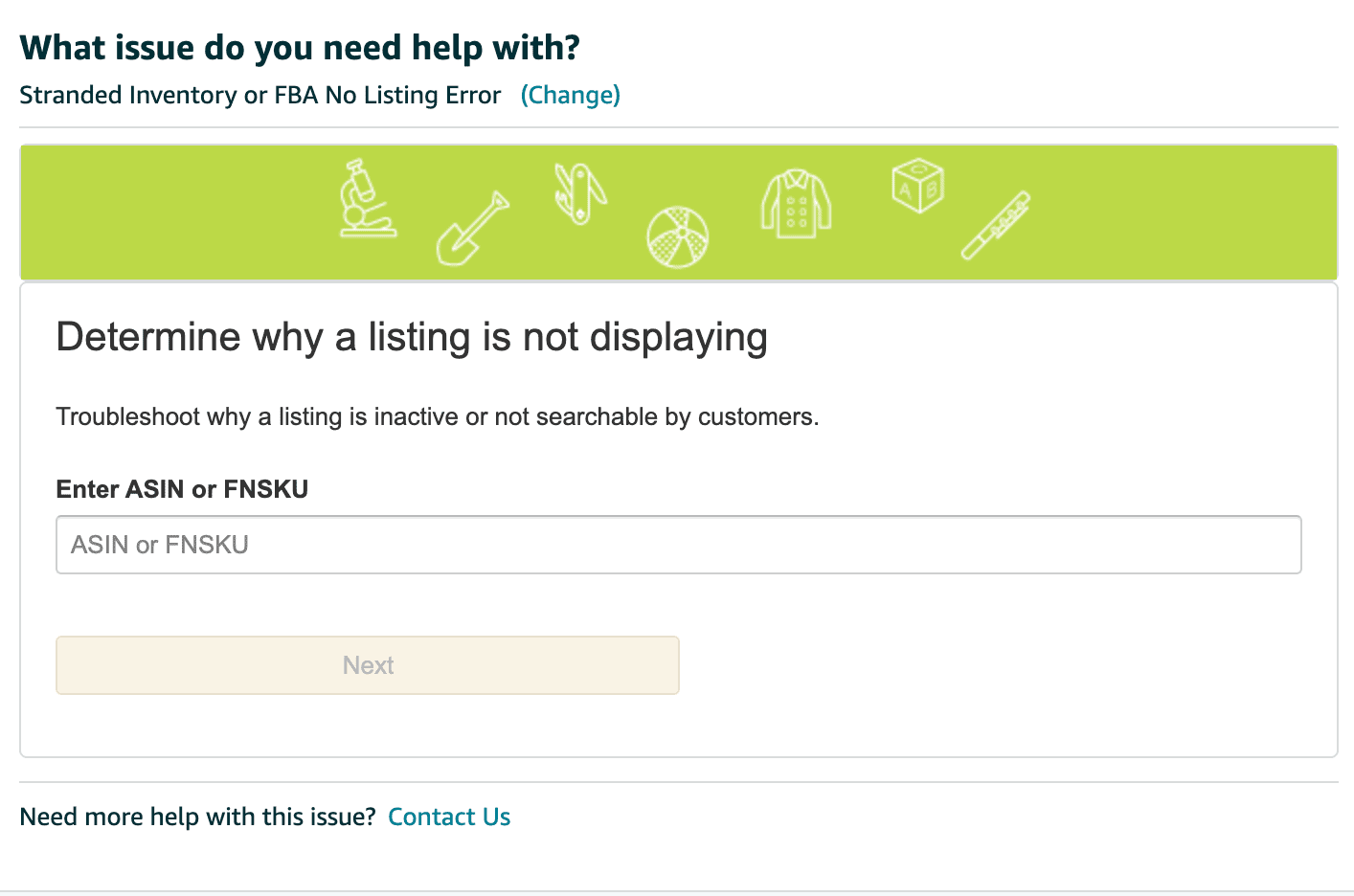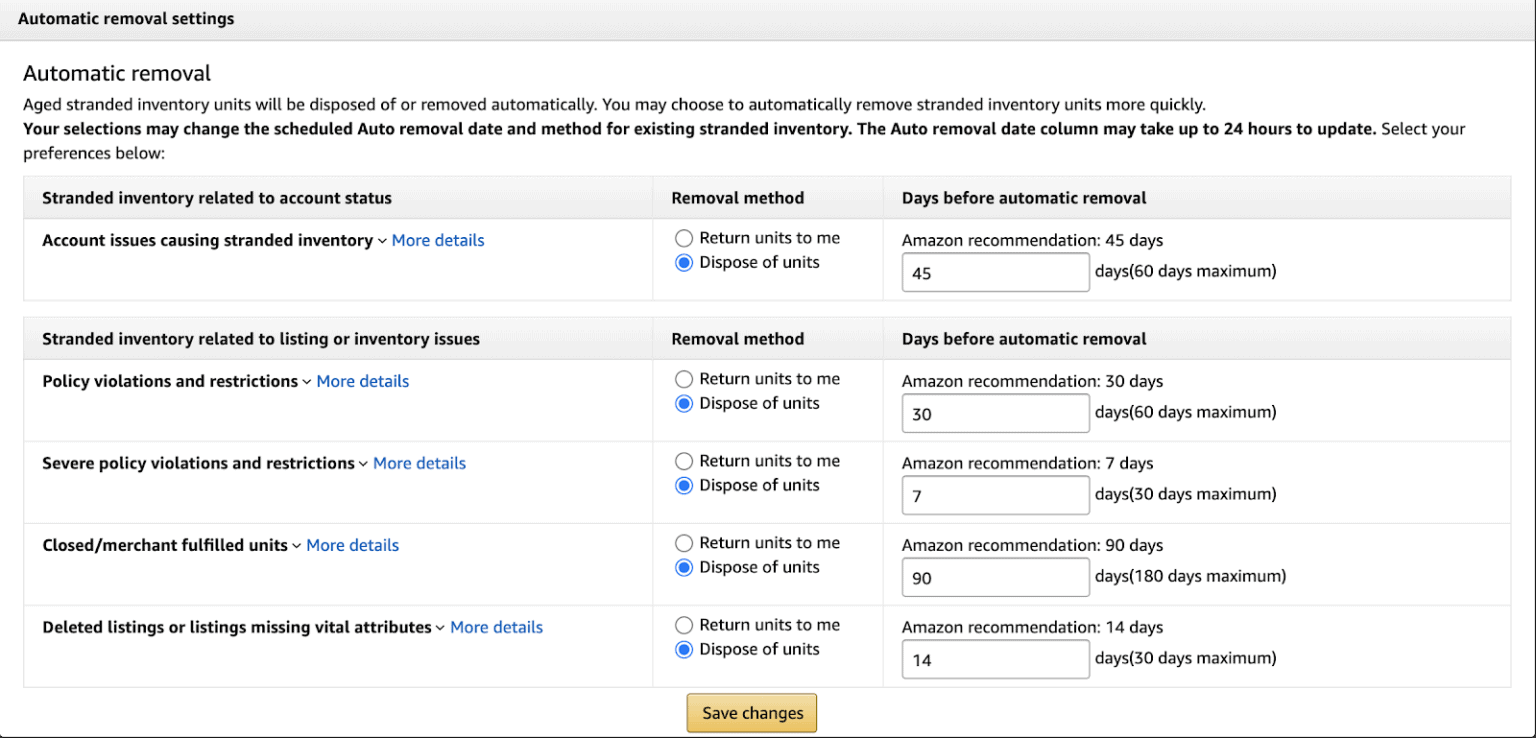It’s not always a rainbow and sunshine affair running an Amazon FBA business. Selling on Amazon can be frustrating in many ways, and sellers will always need to keep this in mind.
Inventory management is one of the major aspects of selling on Amazon or any other e-commerce website; understanding where your inventory is, whether it is properly accounted for, and how it is performing.
In order to avoid stranded inventory fees or account issues, check your stranded inventory frequently.
Putting your stranded inventory under full control begins at the very beginning.
Reasons for Amazon Stranded Inventory 2026
What is stranded inventory on FBA?
The inventory you have in Amazon’s warehouse will no longer be available for sale to customers if there is no active offer for the product. This is known as stranded inventory.
In this case, Amazon will continue to charge you storage fees even if your inventory is inactive and not for sale.
If you don’t constantly monitor your inventory for potential inventory strandings, you could be subject to a number of costly fees, including inventory storage fees for both short-term and long-term storage, as well as inventory storage overage fees.
Additionally, stranded inventory will negatively impact your IPI (Amazon’s inventory performance index is a scale from 0 to 1000 that measures the performance of your inventory).
Amazon uses this system to ensure their sellers are properly optimizing their inventory. While they don’t specify how they measure performance, stranded inventory is taking up unnecessary warehouse space, which is something they don’t want.
In 2022, Amazon will limit storage space in FBA warehouses if your IPI score is below 400.
It’s not something you should ignore. You should take immediate action if you see stranded inventory!
Several reasons why you may have stranded FBA inventory
A stranded inventory can occur for a variety of reasons, but the following are the most common.
Pricing error:
There is a possibility that Amazon will suppress the listing if it deems the price too low or too high. It is usually possible to fix this issue by adding minimum and maximum prices to your manage inventory section.
Restricted ASIN:
When Amazon restricts the sale of an ASIN (for example, due to intellectual property violations, poor quality products, or because the product needs additional testing). Due to the fact that this can happen for a variety of reasons, you will need to contact seller support.
Suspended listing:
The listing may have been suspended or suppressed due to missing information (e.g. images, bullet points, age restrictions, etc.). Your product may have been returned frequently. It could be a number of things.
Listing error:
There is a listing error when your inventory in your FBA shipment is not associated with an ASIN; for example, if you have deleted your listing (either deliberately or accidentally). It’s usually a simple fix. It’s just relisting it. However, all sellers have customer service departments.
Brand qualification required:
ASINs or brands that require approval before being sold present this problem. In some cases, you may need a distributor’s invoice or approval from the brand before you can sell on Amazon.
Expired product:
The items that have recently expired will be marked as stranded if they are sold on Amazon. Inventory that has recently expired should be removed from the warehouse.
Closing or deleting a listing:
After you sell out of your inventory, you can delete the listing from your seller account. A lost inventory or customer return without an active offer will then become stranded.
Bulk upload template error:
Whenever you fill out a bulk template upload file, if you fill in the quantity column, your listings will become Fulfilled by Amazon rather than Fulfilled by Merchant, and your inventory will become stranded.
Anytime you experience stranded inventory within your seller account, it is imperative that you stay on top of it and take steps to resolve it.
How to find and fix your FBA stranded inventory
When Amazon notifies you of stranded inventory, you must take action within 30 days of receiving that notification.
After 30 days, stranded inventory is no longer regarded as unsellable by Amazon. You must act within 30 days to prevent Amazon from removing stranded inventory from the warehouse if you do not act.
In addition, Amazon defaults to disposing of your inventory.
It is due to this reason that you should not rely on Amazon to alert you when there is an issue with your inventory. Instead, you should regularly check your account for issues.
Your stranded inventory can be found here
Hover your mouse over Inventory in Seller Central to find out if you have stranded inventory. You can manage your inventory from there.
A section called ‘Fix stranded inventory’ will appear at the top if you have inventory that is stranded. Click on ‘Inventory Dashboard’ to access it.
You can see all your inventory that has become stranded on the ‘Fix stranded inventory’ page, along with the reason for its stranding.
The inventory is stranded due to a listing error, as you can see from the above screenshot. There is a drop-down menu on the right side that gives options to handle stranded inventory.
There is only one immediate option available for this error, and that is to create a removal order. We would like to relist this inventory on Amazon; we don’t want to remove it from FBA.
You can find out more information and instructions by hovering over the reason the inventory is stranded. Click ‘Listing error’ to find out more information.
Amazon recommends that you contact seller support in order to resolve the issue. Having to deal with seller support can sometimes be frustrating, so keep your patience and be respectful.
Amazon’s Seller Support team can be contacted by submitting a new case
The Amazon support team may attempt to solve your issue before opening a new case when you submit a new support request.
You may be given the choice of relisting or editing your inventory more often than not. Relisting your inventory should not be affected by that. Most of the time, it’s straightforward.
To avoid unnecessary fees and having your inventory disposed of, simply keep track of your inventory. To ensure your inventory dashboard is functioning correctly, I recommend checking it at least once a week.
Amazon’s automatic-action settings
Read this section carefully since it is very important: Amazon recently made a major change to how they handle stranded inventory.
Inventory was classified as “unsellable” by Amazon after it was stranded for 30 days. When the inventory was unsellable, Amazon would notify the seller. In the future, stranded inventory will automatically be removed and/or disposed of if you do not take action within 30 days of when it became stranded.
Protect your inventory from Amazon’s destruction
On the ‘Fix stranded inventory’ dashboard, you will see a button that says ‘Edit automatic-action settings.’ Click this button to modify the settings.
Two options are available here.
‘Automatic fixes’ are the first. Amazon will automatically relist stranded inventory when the following reasons apply:
- This listing has been closed
- Item discontinued
- Listing closed and Inventory error
- Merchant fulfilled instead of FBA listing
In the event that you disregard your stranded inventory for 30 days, Amazon will still relist the ASINs if any of those four reasons led to stranded inventory.
Your attention should be focused on the second section – ‘Automatic removal’. Click the ‘Click here to review or modify automatic removal settings’ link to get started.
Amazon has set the default setting for all of these stranded inventory scenarios to ‘Dispose of units’ within their seller accounts.
So if a seller is unaware of this default setting, or is unaware of stranded inventory, they may lose hundreds (or even thousands) of dollars when their stranded inventory is disposed of automatically.
Ensure that you don’t become a victim of this. As a removal method, choose ‘Return units to me’ if you wish to spare your inventory.
Quick Links
Take control of your inventory!
A seller’s account and inventory must be regularly monitored to ensure it is performing as it should and that Amazon’s standards are being followed.
Follow these steps several times a month to ensure that no inventory is stranded or inactive. Amazon’s warehouse cannot remain a profit sink! Manage your account today.








